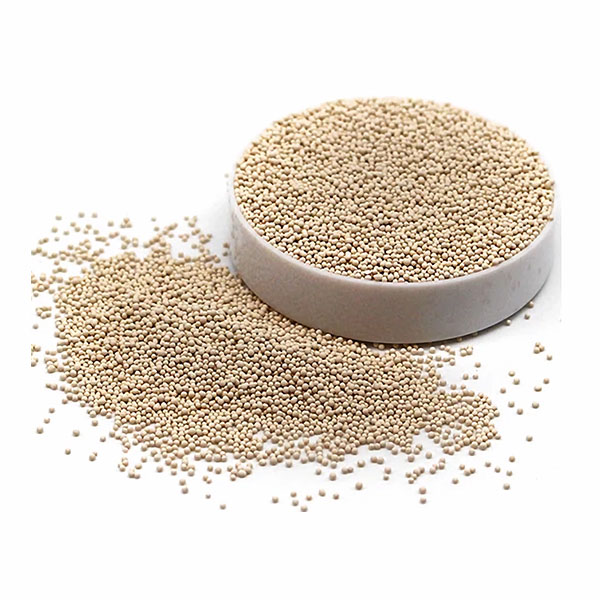What is 3A Molecular Sieve?
2024-05-22
3A molecular sieve is a type of synthetic zeolite with a specific crystal structure and pore size, primarily used for gas drying and purification applications. Here's a detailed explanation of what it is, how it works, its applications, and its properties:
What is 3A Molecular Sieve?
1. Composition:
- 3A molecular sieve is composed of aluminosilicate minerals with a potassium ion exchanged structure.
2. Pore Size:
- It has a uniform pore size of approximately 3 angstroms (0.3 nm), allowing it to selectively adsorb molecules smaller than this size while excluding larger ones.
3. Adsorption Capacity:
- It has a high adsorption capacity for polar molecules such as water, ethanol, and carbon dioxide.
How Does it Work?
1. Selective Adsorption:
- 3A molecular sieve selectively adsorbs polar molecules based on their size and polarity.
- It adsorbs water and other polar molecules while allowing non-polar gases such as nitrogen and methane to pass through.
2. Desorption:
- After reaching its adsorption capacity, the molecular sieve can be regenerated by heating it to release the adsorbed molecules, typically by using a stream of hot air or inert gas.
Applications
1. Gas Drying:
- Used for drying and purifying gases such as natural gas, hydrogen, and compressed air in industrial processes.
- Removes moisture to very low levels, essential for preventing corrosion and maintaining the integrity of pipelines and equipment.
2. Dehydration of Solvents:
- Used in the production of ethanol, biodiesel, and other chemicals to remove water from solvents and feedstocks.
3. Air Separation:
- Used in pressure swing adsorption (PSA) and other air separation processes to remove moisture from air streams.
4. Refrigerant Drying:
- Used in refrigeration and air conditioning systems to remove moisture from refrigerant gases, preventing freeze-ups and corrosion.
5. Purification of Hydrocarbons:
- Used in petrochemical and natural gas processing industries to remove water and impurities from hydrocarbon streams.
Properties
1. High Adsorption Capacity:
- Exhibits a high adsorption capacity for water and other polar molecules, even at low concentrations.
2. Thermal Stability:
- Maintains its structural integrity and adsorption properties at high temperatures, allowing for regeneration and reuse.
3. Chemical Inertness:
- Chemically inert and resistant to most acids, bases, and organic solvents, ensuring compatibility with a wide range of applications.
4. Mechanical Strength:
- Exhibits good mechanical strength and resistance to attrition, making it suitable for use in packed beds and adsorption columns.
Considerations
1. Regeneration Temperature:
- Care should be taken during regeneration to avoid overheating, which could damage the molecular sieve.
2. Moisture Content:
- Moisture content of the feed gas or liquid should be monitored to prevent breakthrough and ensure efficient adsorption.
3. Particle Size:
- Particle size distribution should be carefully controlled to optimize flow dynamics and adsorption efficiency.
Conclusion
3A molecular sieve is a versatile adsorbent material widely used for gas drying and purification in various industrial processes. Its uniform pore size, high adsorption capacity, thermal stability, and chemical inertness make it an essential component in applications where moisture removal is critical for product quality, process efficiency, and equipment integrity. Proper selection, handling, and regeneration of the molecular sieve are essential for ensuring optimal performance and longevity in gas drying and purification systems.



